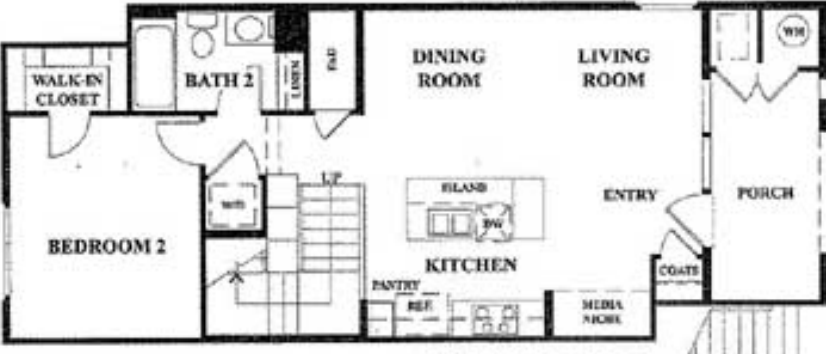So you found a few properties for sale in the neighborhood that you like, located in an environment with auspicious Feng Shui energy. It’s now time to check out the internal forms of these properties and select the one that will be most supportive to you and your family.


